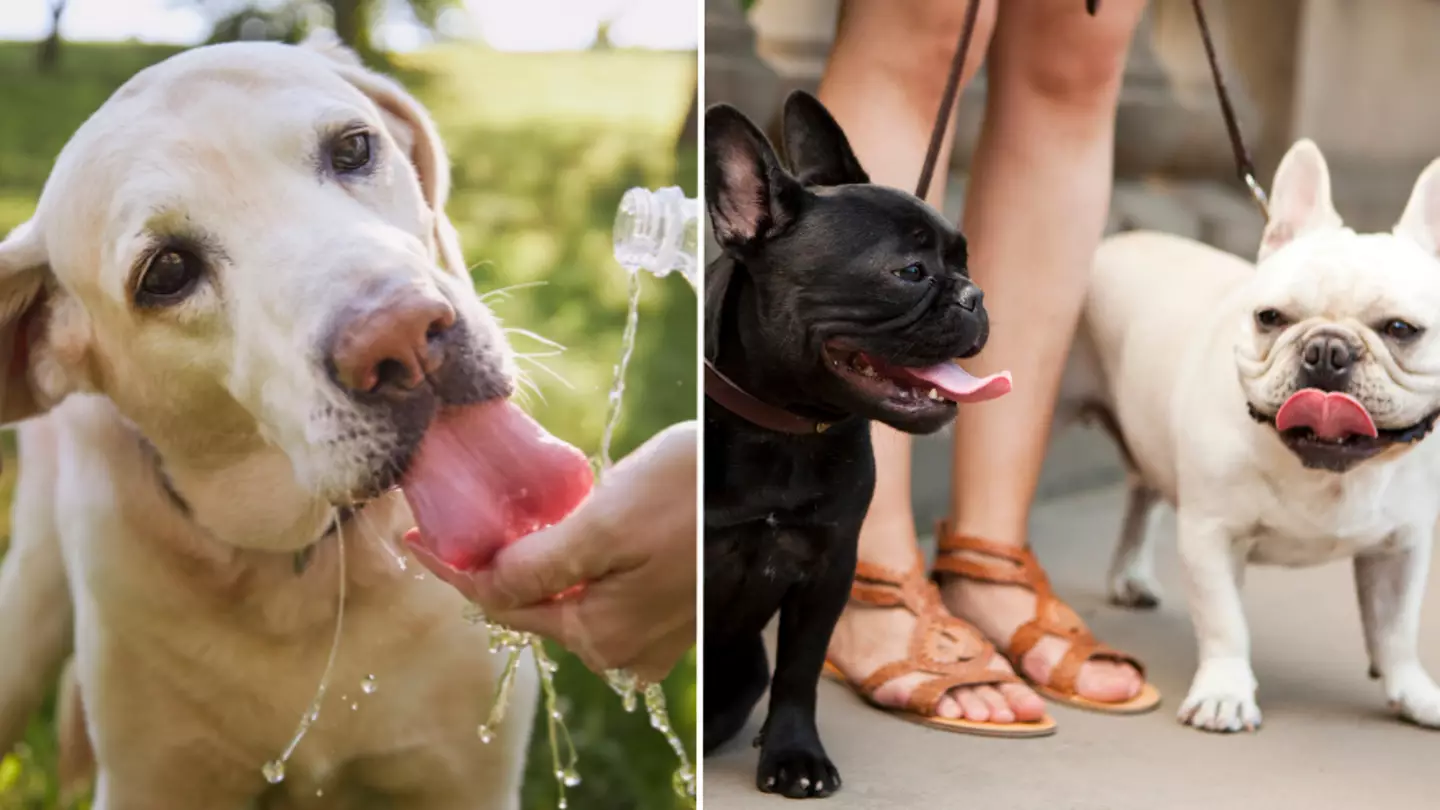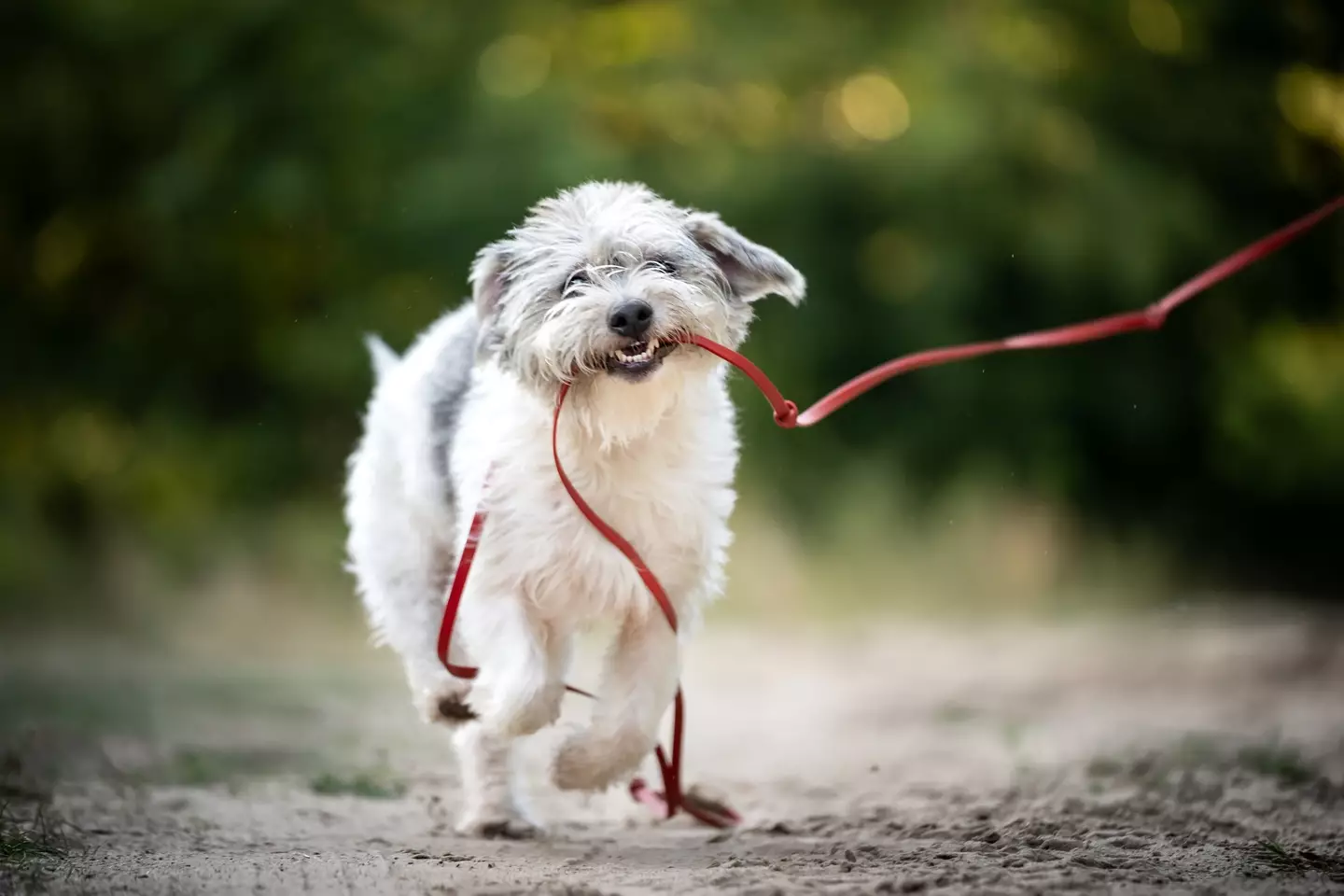
While the warm weather is something we all enjoy, it can be much less fun for our furry friends.
With 2024 so far being pretty glum weather wise, we've finally got a glimpse of summer in recent days.
But as you dig out your 2018 Topshop jean shorts from your wardrobe to take your pooch for a walk, there's a simple test you can do too make sure your pet enjoys the sunshine too without getting too warm.
The Kennel Club explains: "On sunny days, pavements can often be deceptively hot and will usually be much warmer than the air outside. Dark and dense pavements easily absorb heat from the sun and are good at keeping hold of it and releasing it slowly.
Advert
"Natural surfaces, including grass, tend to be much cooler, as plants release water to help cool themselves down.
"The best way to tell if a pavement is too hot for your dog to walk on is to place the back of your hand on the pavement for seven seconds. If it’s too painful for your hand, then it’s too painful for your dog’s paws.

"Walking your dog at cooler times of the day in the summer will help to reduce your dog’s risk of burning their paws, but it also reduces their risk of developing heatstroke."
Advert
Easy peasy, lemon squeezy.
In regards to heatstroke in dogs, there are some key signs you should look out for.
Symptoms usually include:
- Heavy panting and difficulty breathing
- Excessively drooling
- The dog appears lethargic, drowsy or uncoordinated
- Collapsed or vomiting
The most common cause for our pups getting heatstroke is from exercising in warm weather.
Advert
VetsNow says: "It's generally safe in temperatures of up to 19°C (68°F) but be careful when the mercury rises above this. Even at temperatures as low as 20°C (70°F) dogs are at risk of heatstroke.
"Heatstroke in dogs is essentially a high temperature not caused by a fever. It occurs when dogs are no longer able to self-regulate and keep their temperature at a comfortable level."

One thing that's been raved about by pet owners in recent years are cooling pads.
Advert
These have previously been available at retailers such as B&M.
And Blue Cross have also issued some handy guidance on how to prevent your doggos from suffering with heatstroke:
- Make sure your dog has access to clean water at all times, ideally a large bowl filled to the brim. Carry water and a bowl with you on walks.
- On hot days, walk your dog during the cooler parts of the day, in the early morning and late evening.
- Watch your pet for signs of over-heating, including heavy panting and loss of energy. If you recognise these signs when on a walk, stop, find a shady spot and give your dog water.
- Never leave your dog (or any pet) alone in a car, even with the windows open.
- Make cooling tasty treats by making ice cubes with your dog's favourite food inside or stuff a Kong and pop it in the freezer.
- Be particularly careful with short nosed dogs such as bull breeds, boxers, pugs, older dogs, and those that are overweight. These dogs can get heatstroke simply by running around.